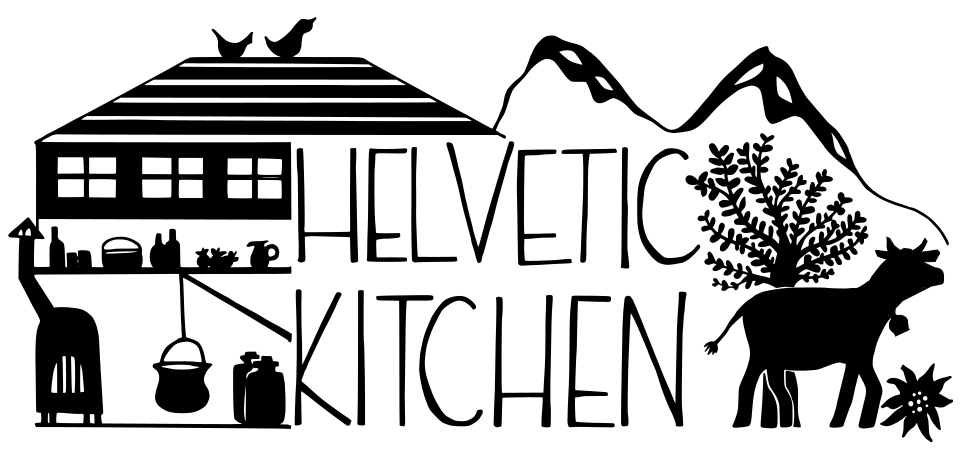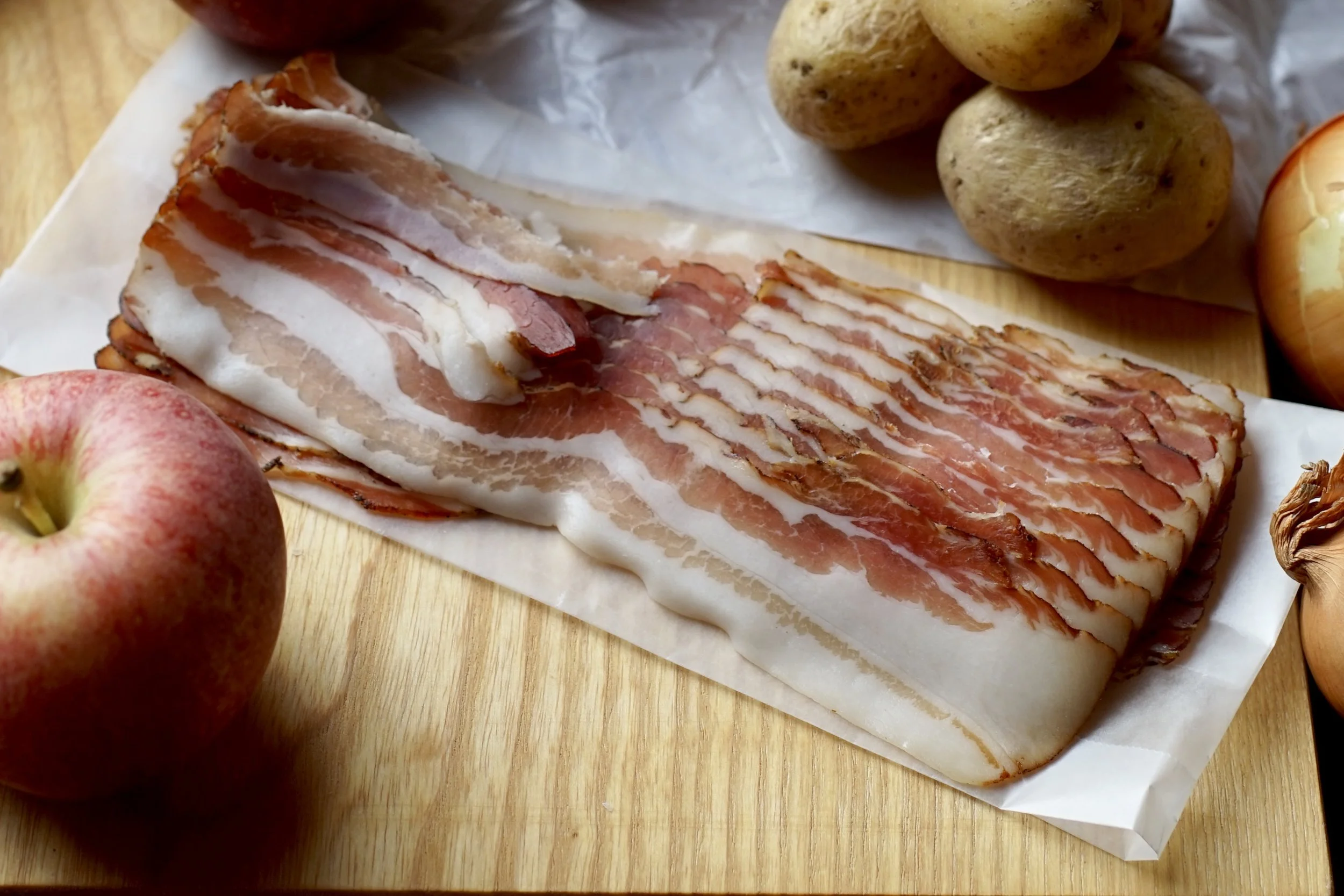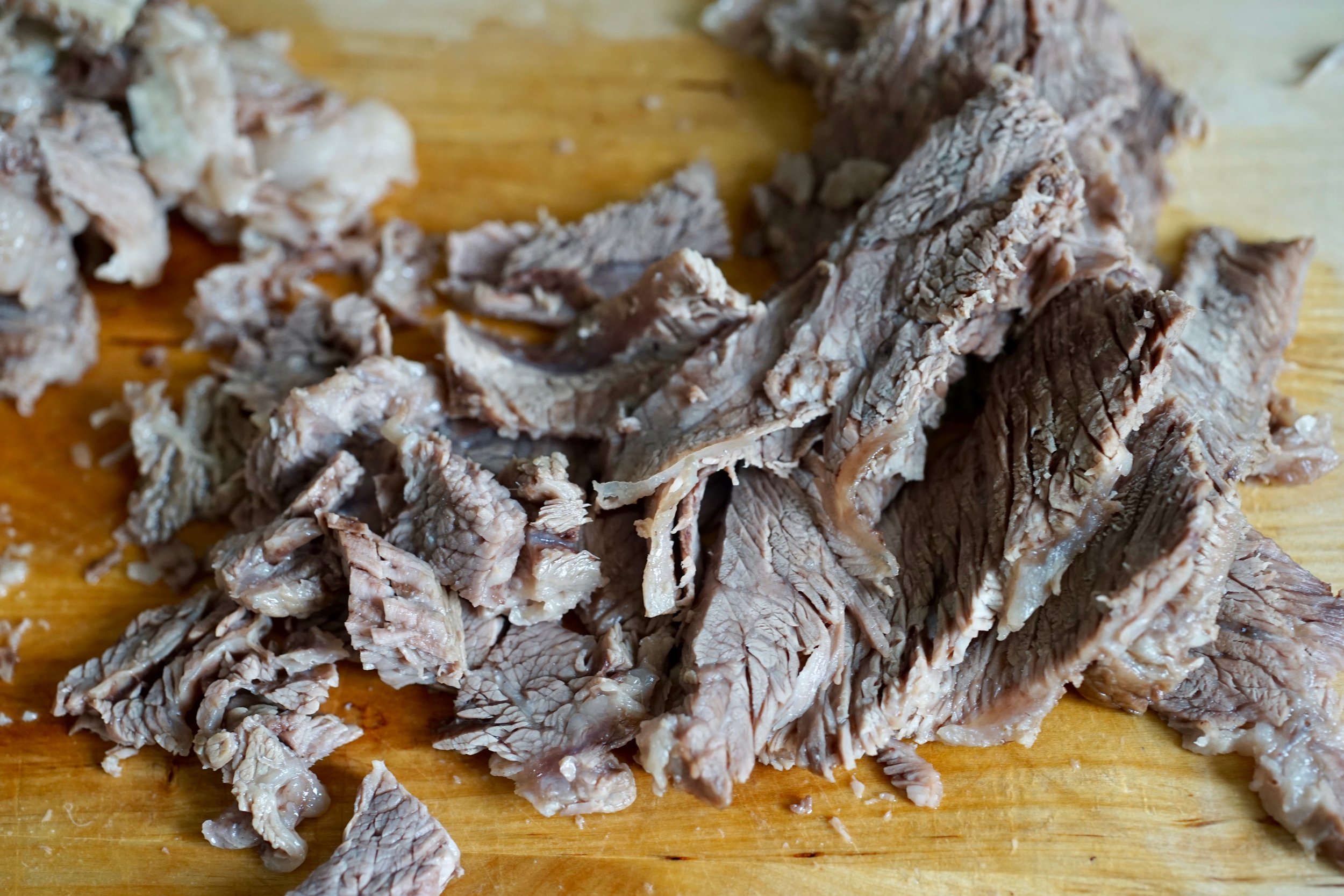Swiss Cuts of Pork
I am always confused about cuts of meat and what they are called in different countries, so I attempted to educate myself. I did some googling and read a book about Swiss meats, producing this post on Swiss Cuts of Beef. From there, the logical next step was, voilà, Swiss Cuts of Pork.
Now please accept my best renderings of Swiss, US, and UK cuts of pork.
(Not every single cut is directly translated, because unless you have a native butcher, you won't necessarily find the cuts you would find at home.)
Stotzen/Huft—Leg/Ham (UK)—Leg (US)
This is often split into different cuts:
Eckstück: Sometimes also known as Bäggli, this tender and lean part of the pig lends itself well to schnitzel.
Nuss: The Swiss use this part to prepare the Nussschinkli, which they like to wrap in dough. It is often sold already cooked and can be enjoyed warm or cold. Otherwise, the Nuss is also suited to Geschnetzeltes (this word simply refers to how the meat is cut, in strips), and Plätzli which are thin steaks that can be breaded and filled, similar to Schnitzel.
Unterspälte: Roasts, Cordon Bleu, or Geschnetzeltes are all commonly prepared from this cut of pork.
Nierstück—Loin (UK/US)
Most often used for roasts, steaks and schnitzel. Pork chops and pork tenderloin (Schweinsfilet) also come from somewhere in this region of the pig.
Koteletts—Loin (UK/US)
As the name implies, this is a great cut for cutlets. It is also the cut that gives us spare ribs, and Rippli. Rippli is pork loin that is often already smoked when sold. It is normally then simmered in water or sliced and cooked with sauerkraut and Dörbohnen. It's popular in the autumn and for Sunday dinner.
Hals—Spare rib roast/Blade (UK)—Blade Shoulder (US)
In Switzerland this is often used for steaks and roasts. Commonly you see it as Schweinshalsbraten (roasts) or Schweinshalssteak.
Halsspeck: The Halsspeck is often added to sausages and other processed pork products.
Schulter—Blade/Hand (UK)—Arm Shoulder (US)
The shoulder of the pig is split into two parts:
Dicke Schulter: This part of the pig can be used for Ragout/Voressen/Gulasch, which generally denotes stewing meat. The Schüfeli which, like the Rippli, is sold smoked, can be cooked in simmering water, or sliced and cooked over sauerkraut/Dörrbohnen. This part also produces Vorderschinken, which is usually cured and sliced thinly, as deli meat.
Schulterfilet: You can also cut Schüfeli from this part of the pig, as well as use the meat for stews or roasts.
In the UK/US the pork butt also (confusingly) comes from this region of the pig.
Wädli—Hock (UK/US)
In Switzerland, the trotters, along with ears, tail, head, snout and other less desirable parts, are used to make Gnagi, which is basically pickled parts of the pig.
Brust—Belly (UK)—Spare Rib/Side (US)
Perfect for bacon, as well as some roasts and stewing meat. The Brustspitz is a popular meat for grilling. In the UK, this is where you would find your pork belly, and a part of it makes beloved US spare ribs.
Haxe—Hock (UK/US)
Although not quite as popular as the Kalbshaxe because of the extra fat on the meat, the Schweinshaxe is a speciality in southern Germany and is delicious roasted.
Resources:
https://schweizerfleisch-academy.ch/
https://www.schweizerfleisch.ch/fleischkunde/schwein
And this great book: Das Buch von Schweizer Fleisch












